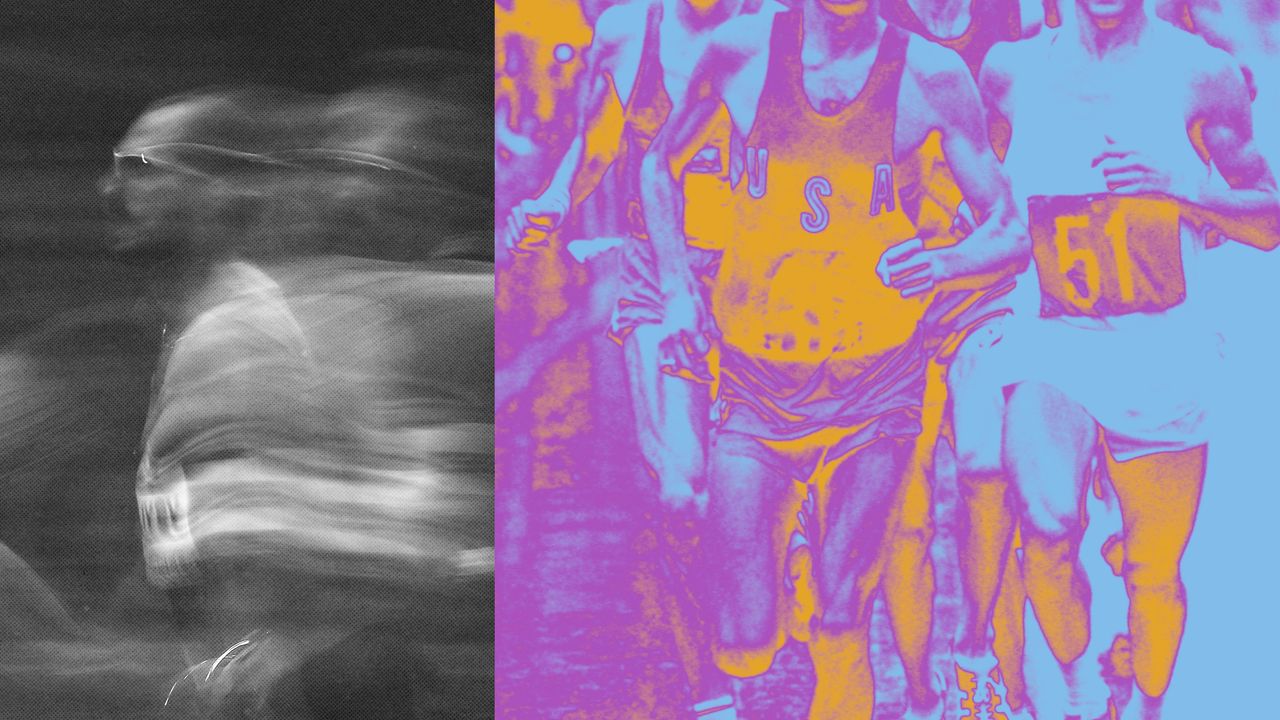You’re just getting into running, or you’re running curious, and you have some questions. You want to know how to start running. Or maybe you have been hitting the pavement but you’re looking to increase your speed, or attempt a half-marathon, or just stretch better. Here’s your reference guide for everything from building strength to planning races.
The best strength training for runners
Did you know that cardio can actually build muscle? Contrary to popular belief, cardio and muscle strength are not mutually exclusive! Getting your body moving—running, jogging, walking, biking, hitting the elliptical, etc.—increases your body’s oxygen circulation, and can help you recover after doing some of the more high-intensity workouts like power lifting. We’re not just saying that, either. This is backed up by medical studies.
If you want to build muscle or get stronger to increase your endurance and knock out longer runs, you don’t need to put on an old-timey muscle man jump suit and lift hella barbells. As long as you’re sticking to a consistent regimen and putting in real effort, things as simple as push-ups and lunges will do just fine. Trainers say the key is just to push yourself to the point where you feel like you can’t go on anymore. That’s how you really know strength training is working.
How to strengthen your knees
Having knees is kind of a scam. No matter what you do, they never totally feel right, especially as you get older. Knee pain is often thought of as an inevitable part of living an active lifestyle, but there are ways to mitigate it. Wearing insoles can help. But also, walking can be just as good for you as running, and much easier on the knees. NBA superstar Donovan Mitchell also says that sometimes, rest is all you need, particularly when it comes to recovering from a knee injury. If taking a hiatus from running means trying out an exercise bike, go easy on the resistance, which can add stress to the knees and lead to injury.
Protecting your knees while running
- Develop a good form: You want your feet to hit the ground as flat as possible, creating the ideal shock distribution and dissipating the impact weight.
- Film study: It’s hard to know what your running form looks like unless you actually see it! Set up a tripod and film yourself so that you can actually analyze what you’re doing wrong.
- Embrace your limitations: Odds are, you’re not an ultramarathon runner, you’re someone with a desk job. Overexertion is a tried and true way to hurt yourself. When it comes to distance running, increases should be between 5 and 10 percent, every other week.
Further reading: Why protecting your joints should be your number-one workout priority
The best cures for knee pain
Your knees are a joint, and some experts say the risk of not working them out is far greater than the alternative. Working them often, not being afraid to mix up the stretches, and remembering to give your knees and hips some attention, too, will all work wonders. If you’re willing to go a more extreme route, cryotherapy is a known joint helper. If you’re willing to go a more gnarly route, there’s always dry needling, the practice of jabbing a thin needle into the part of the knee that’s irking you.
Above all else, it’s probably best to remember that the knee exists in the context of the rest of the body. To avoid the dreaded ACL injury, the muscles in the hip and glute region are of utmost importance.
Best knee treatments
- Banded walk: Start in a standing position and loop a resistance band under both feet. Take a step six inches to the right and put your entire foot on the floor. Move your left foot six inches in the direction toward your right foot, rinse, and repeat, making sure to work both sides equally.
- Hamstring walk-outs: Get on your back with both knees bent and feet flush with the ground. The resistance band goes around your thighs. Engage your core, squeeze your glutes, and raise your hips until your body is a straight line from the shoulders to the knees. From there, scoot your feet away from your glutes one step at a time before then bringing them back one step at a time.
- Loaded step-ups: Holding some sort of weight, get in front of a step or a platform that’s at least a foot off the ground. Put your foot up there and press through the heel to step all the way up. Stepping down with the same foot constitutes one rep. Do about 10 reps of this.
- Staggered Romanian deadlift: Stagger your feet and put most of your weight on the front foot, again holding some sort of weight. Sit back in a hip hinge position while your front knee remains straight. Push your hips forward to ascend from the deadlift position.

